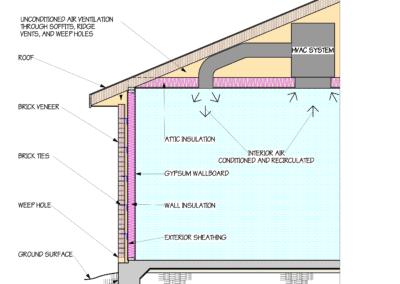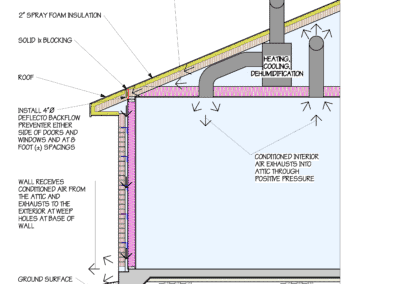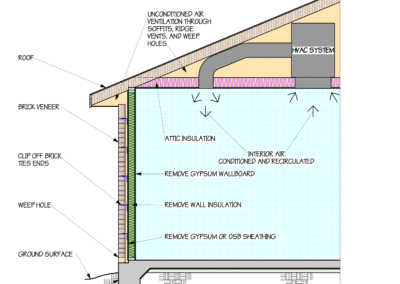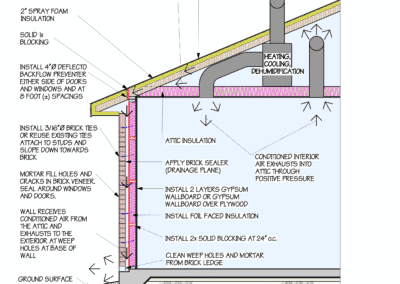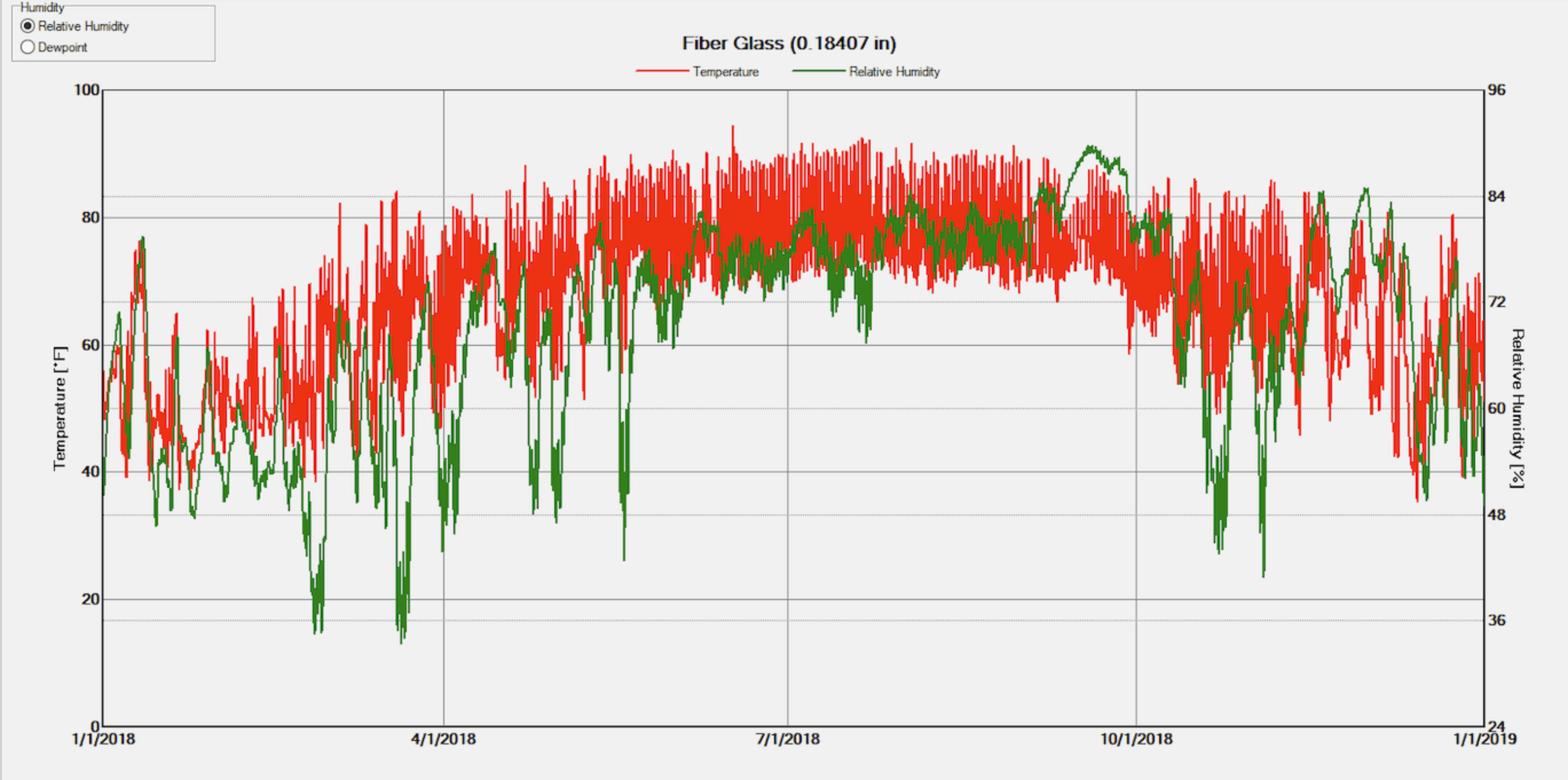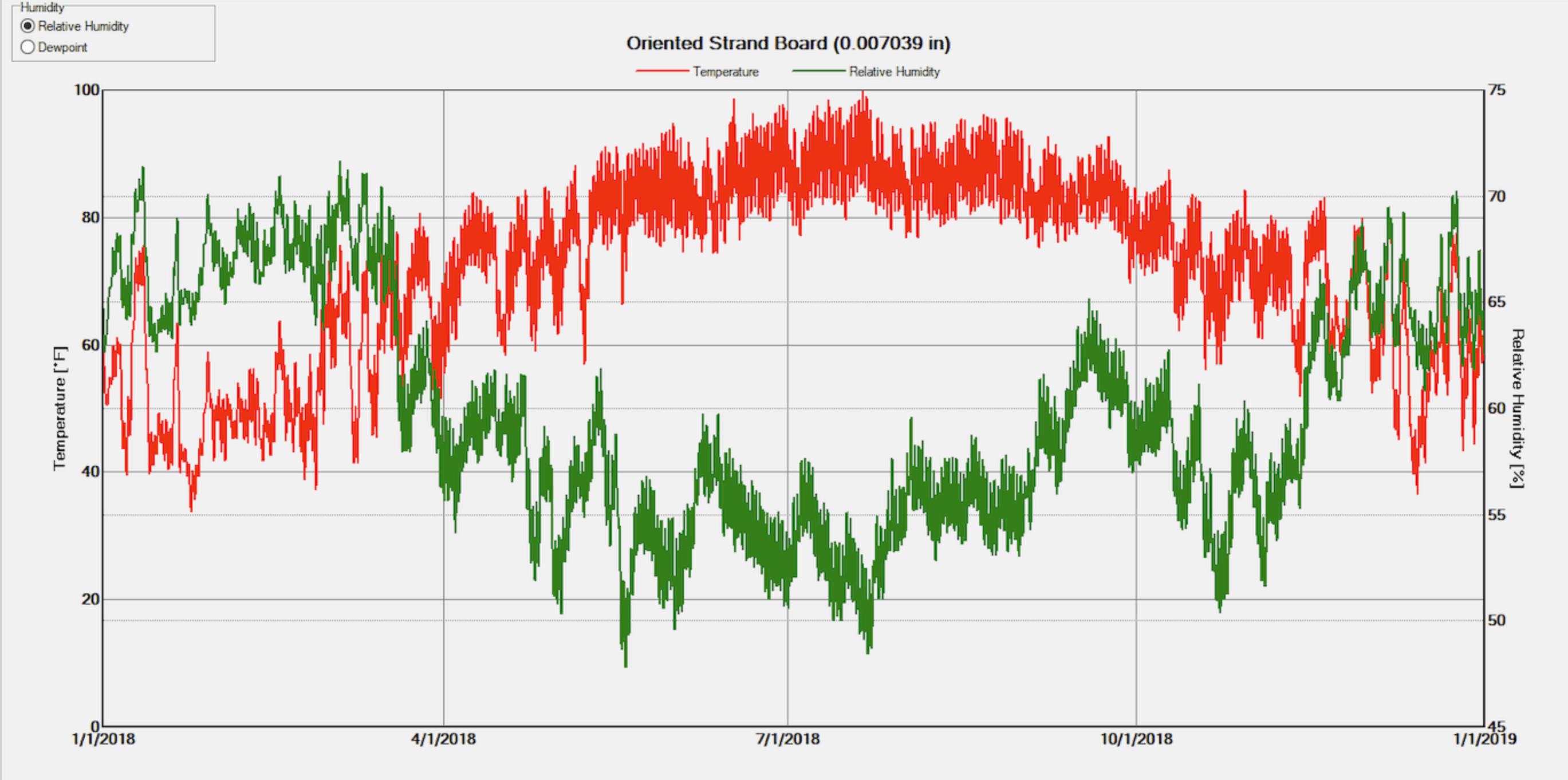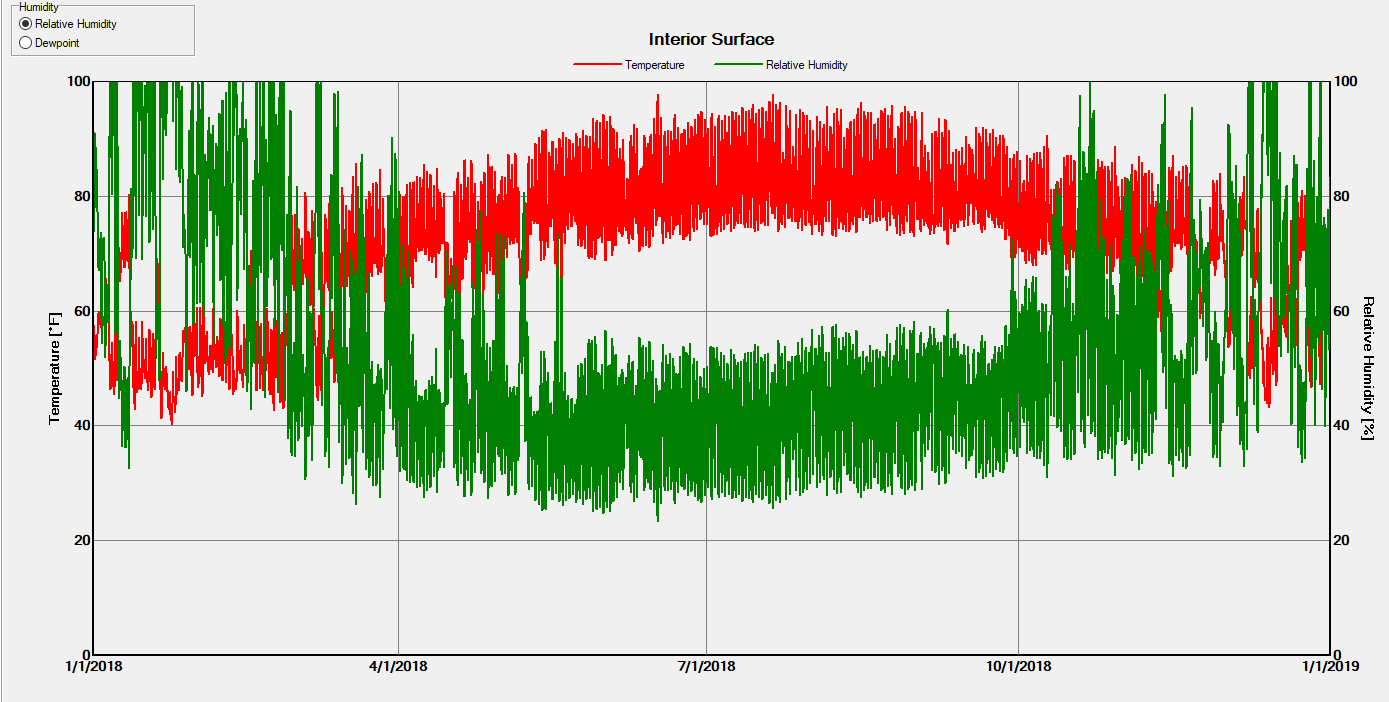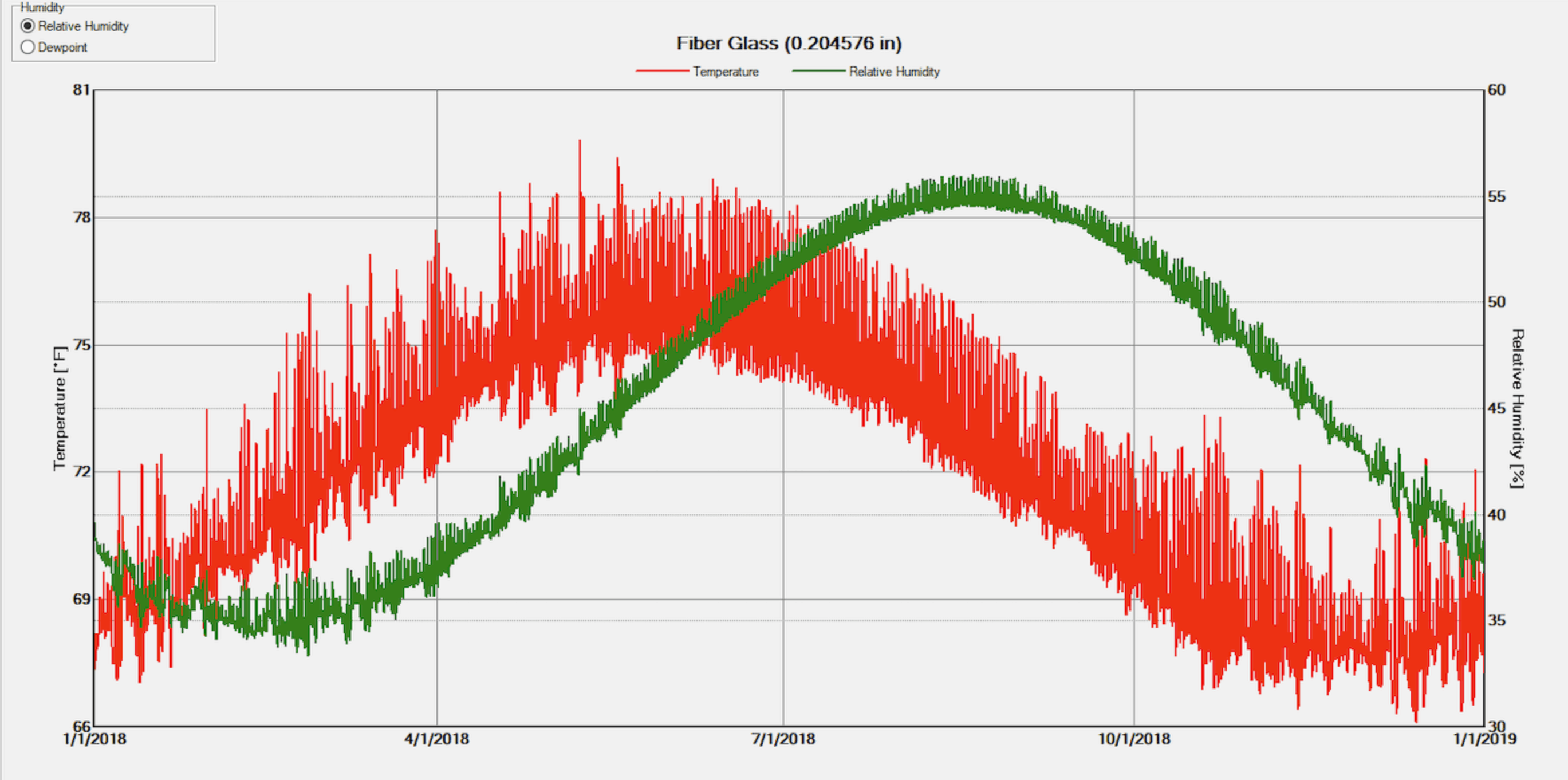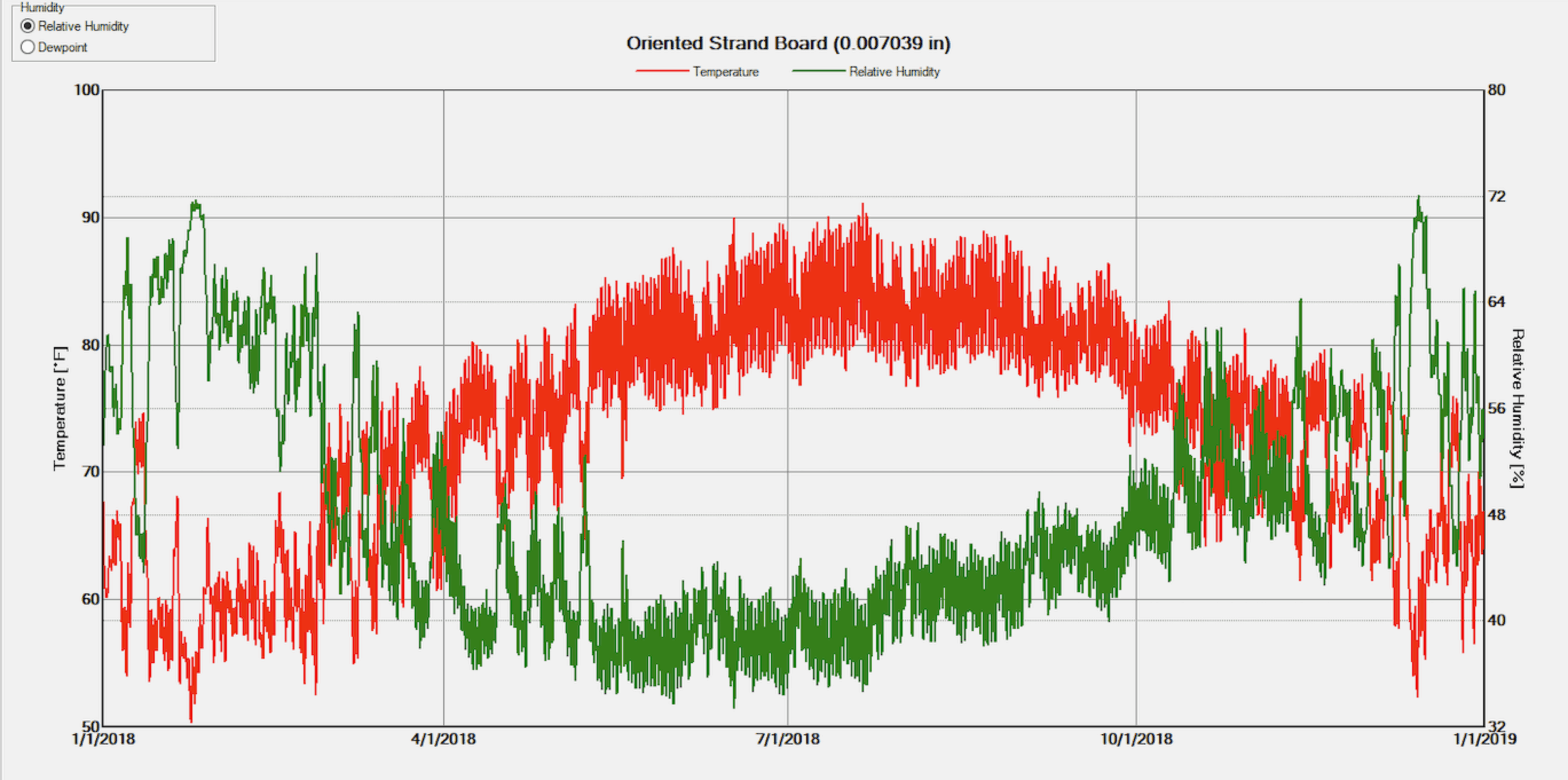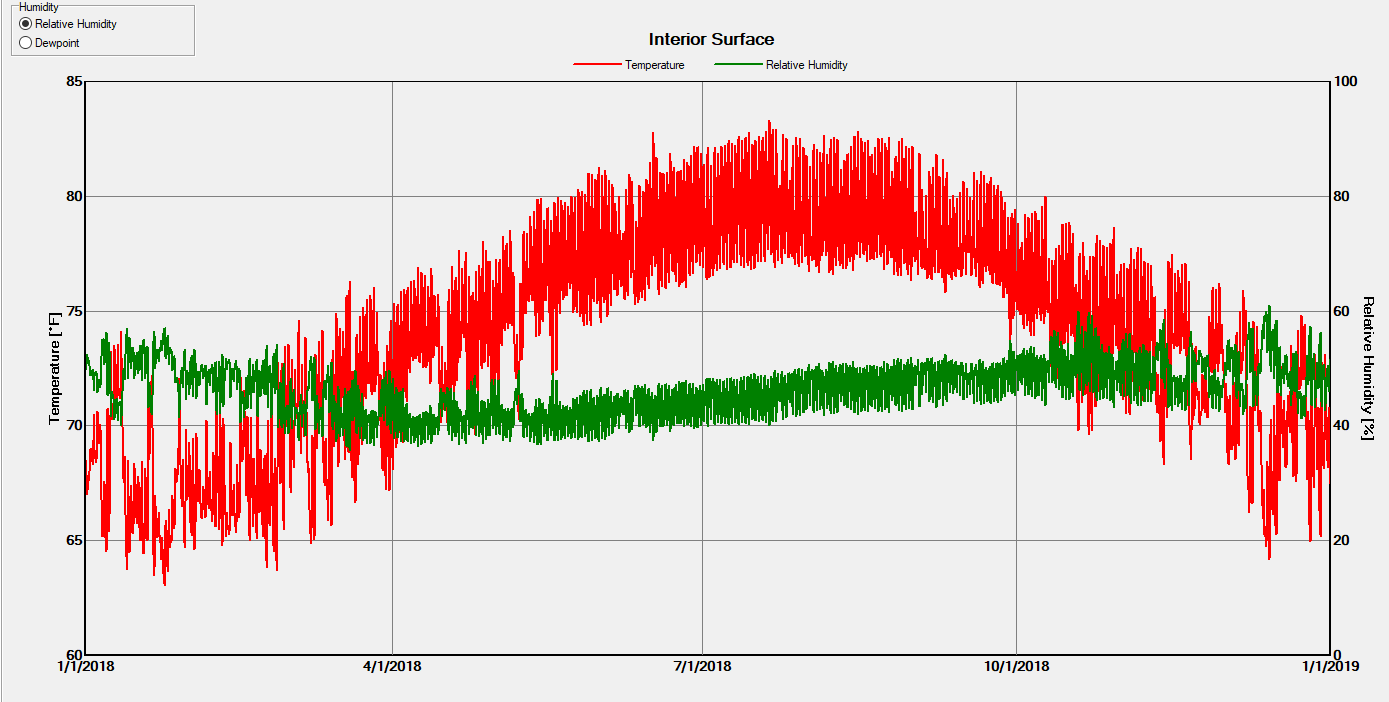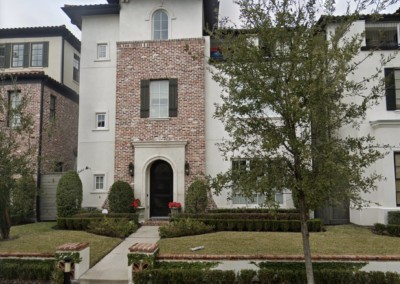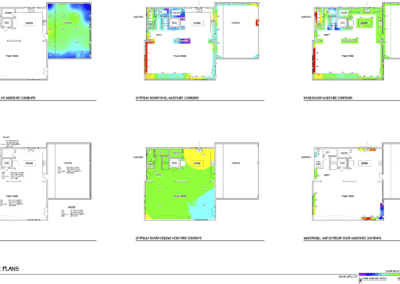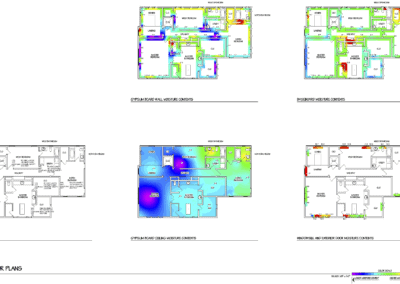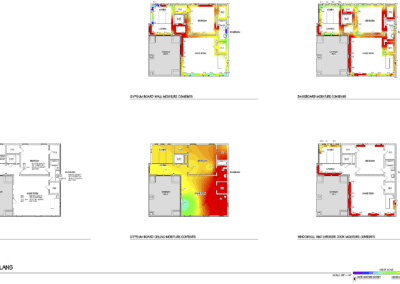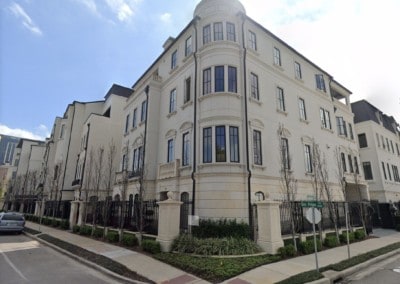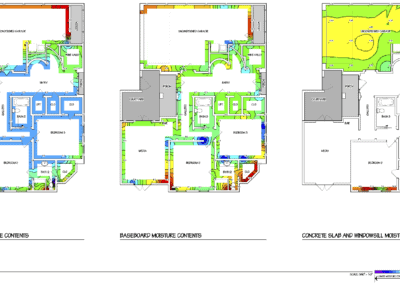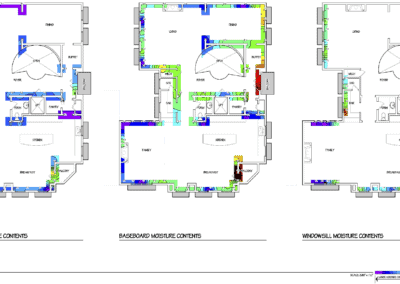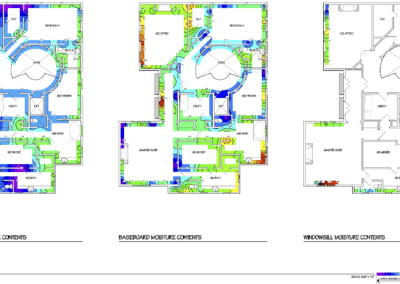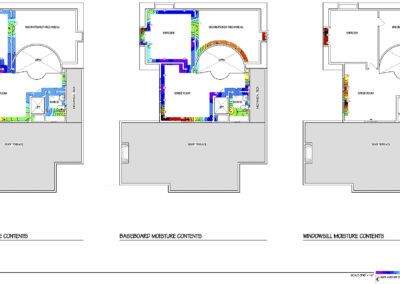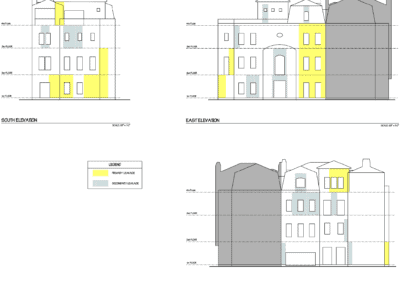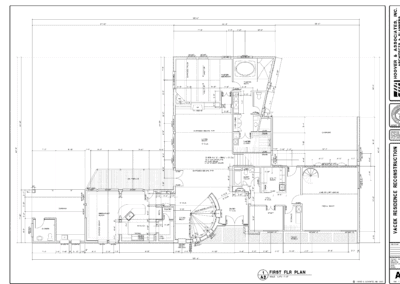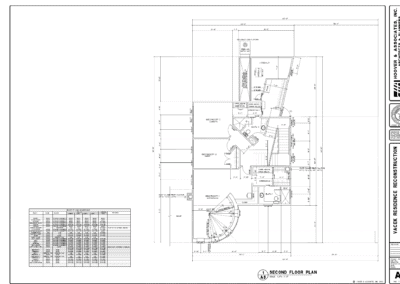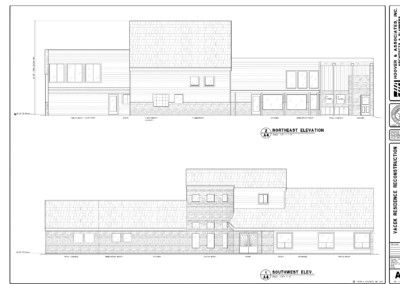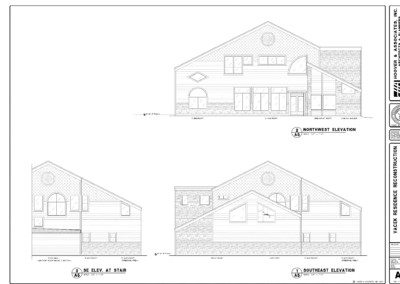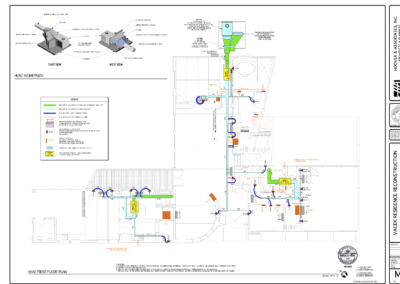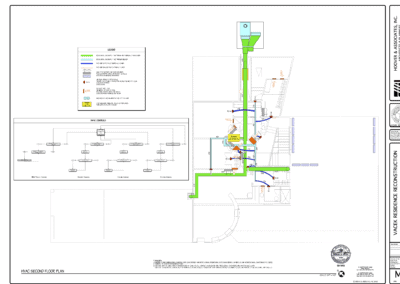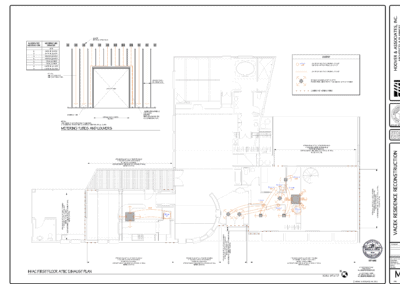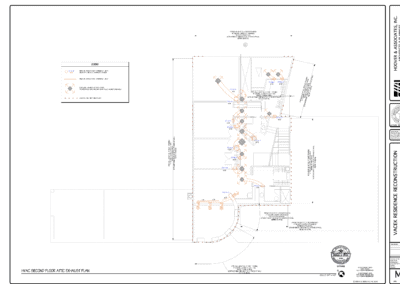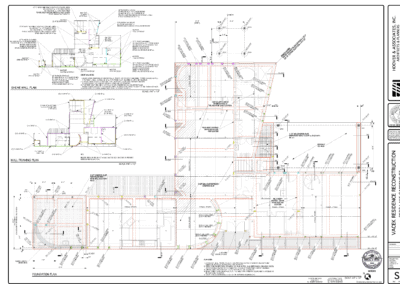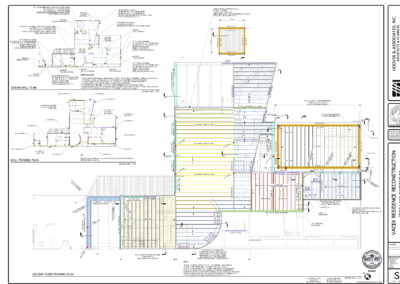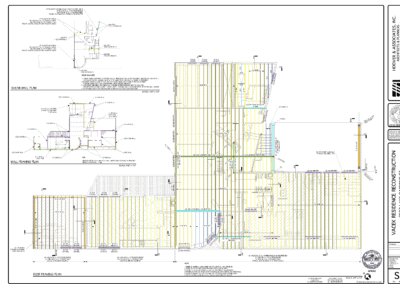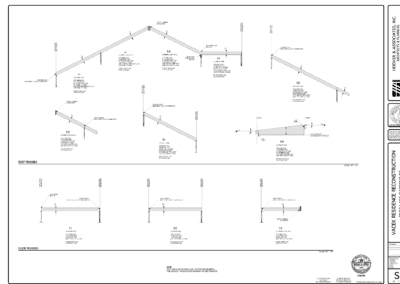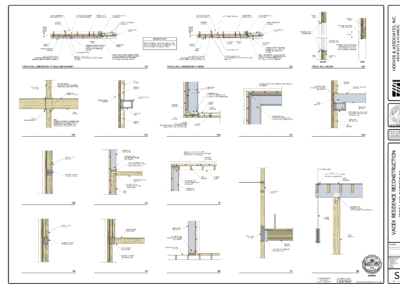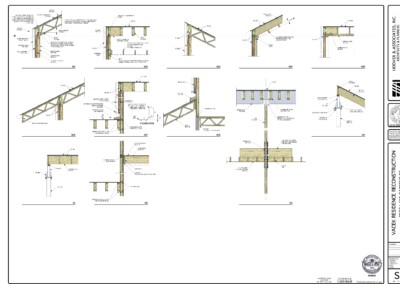Building Ventilation
Structural Ventilation of the Building Envelope
Read and download the latest White Paper here: White Paper 10.15.22
Read and download the latest Patents Here:
United States Patent and Trademark Office. 2007. United States Patent 7,247,090B2, System and Method for Inhibiting Moisture and Mold in an Outer Wall of a Structure, Sam S. Vacek
United States Patent and Trademark Office. 2022. United States Patent 11,248,814B2, Systems and methods for controlling air properties in structures and inhibiting moisture accumulation and mold propagation in structures, Sam S. Vacek
Structural Ventilation of the Building Envelope is a system that introduces continuously conditioned positively pressured air from a Dedicated Outdoor Air System into the interior habitable spaces of a structure to be exhausted into the building envelope and subsequently to the exterior. The exhausted air that flows into the building envelope, now free energy, conditions the cavities and regulates the building envelope temperature and humidity. Heat gain and loss through the building envelope are significantly reduced.
Most conventional systems recirculate and filter interior air to adjust temperature and rely on opening of doors and infiltration through the structure for outside air. Interior relative humidity reduction is dependent upon warmer outside temperatures. Structural Ventilation results in:
- Outdoor ventilation in buildings and within all building envelopes with temperature and humidity regulated by interior needs.
- Reduced moisture within the building envelope such that potentials for mold growth and material deterioration are diminished.
- Improved hygrothermal resistance of the building envelope that results in 70% of the required energy to operate the HVAC systems resulting in reduced mechanical system costs.
- Improved hygrothermal resistance of the building envelope results in 50-70% of the required energy to operate the HVAC systems.
- And more…
Watch the Following 2021 Video Presentation, Prepared for the Architectural Engineering Institute, for a More Complete Explanation of the Structural Ventilation of the Building Envelope:
The Following Are Excerpts of the Above Video Presentation for Review:
Two Building Ventilation Systems Were Described Numerically:
Standard Construction
Ventilated Construction
One Building Ventilation System is Superior:
Structural Ventilation Construction Drawings

Vacek LLC, formerly Vacek Group, is a Houston area structural and architectural engineering company established in 1994. The company offers years of experience to insurance companies, attorneys, architects and the private sector.


